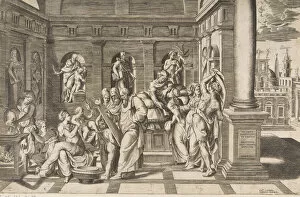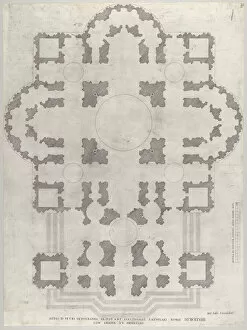Salamanca Antonio Collection
"Salamanca Antonio: A Journey through Art and Mythology" Step into the world of Salamanca Antonio, where art comes alive with captivating stories and mythical tales
All Professionally Made to Order for Quick Shipping
"Salamanca Antonio: A Journey through Art and Mythology" Step into the world of Salamanca Antonio, where art comes alive with captivating stories and mythical tales. From the celestial realm to ancient Rome, each masterpiece unveils a unique narrative that transcends time. In "St. Matthew, " we witness the divine inspiration as he sits on a cloud, delicately dipping his quill into an inkwell held by an angel. The scene is ethereal, capturing the essence of spiritual enlightenment. Moving forward, "St George Killing the Dragon" transports us to 1542 when Enea Vico's brushstrokes immortalized this legendary battle against evil. The sheer determination in St. George's eyes reflects bravery in its purest form. "The Birth of Saint John the Baptist" unfolds within a classical building, showcasing both architectural grandeur and sacred beginnings. This harmonious blend symbolizes new life emerging from timeless structures. As we delve deeper into history, we encounter an exterior and interior section of a temple dedicated to Neptune in Rome (1541). Its majestic presence pays homage to the god of water while inviting contemplation about humanity's connection with nature. A playful yet passionate moment is captured in "Satyr Carrying a Nymph. " Their intertwined embrace speaks volumes about desire and primal instincts entwined within mythological realms. The profound "Entombment of Christ" depicts Joseph of Arimathea grasping Jesus' chest with utmost reverence—a poignant reminder of sacrifice and redemption that resonates across centuries. Lucretia takes center stage next—naked yet empowered—in front of her window holding a dagger (Lucretia Naked and Seated Before a Window). Her story echoes themes of honor, courage, and defiance against injustice—an embodiment of strength amidst vulnerability. Antonio da Sangallo's ambitious project for St Peter's reveals intricate plans for its façade—a testament to human ingenuity striving towards architectural perfection.













